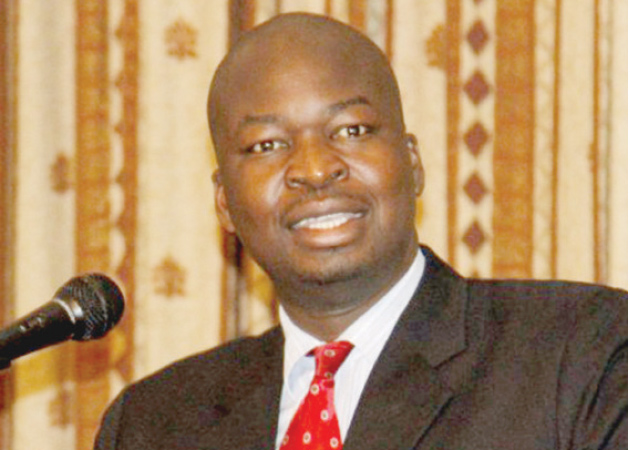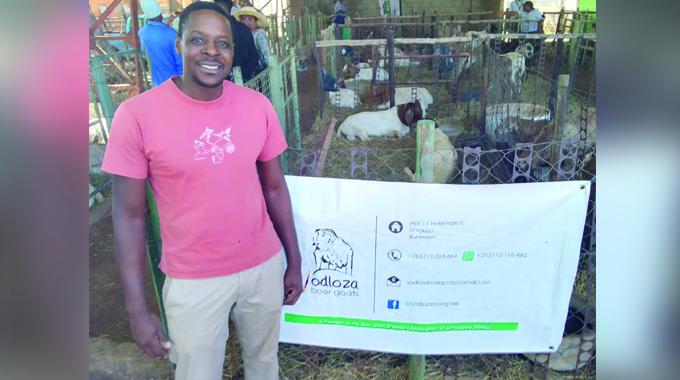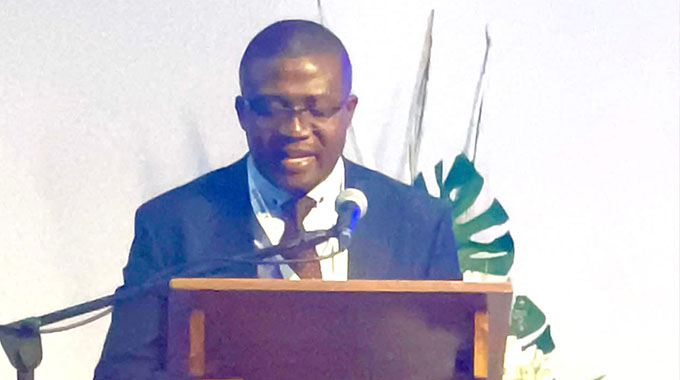AfDB tips Zim economic growth

Prosper Ndlovu Business Editor
THE African Development Bank (AfDB) says Zimbabwe needs to expedite implementation of structural reforms to improve the business environment that will usher in meaningful economic growth.The recommendation is captured in the African Economic Outlook released by the bank on Monday.
The report, which is part of the ongoing AfDB annual general meeting in Abidjan, Cote d’Ivoire, also indicates the country’s economy would grow by an average 3.2 percent this year spurred by planned investments in sectors such as mining, agriculture and energy projects.
Zimbabwe’s economy remains suppressed following a three percent slowdown last year due to continued liquidity challenges and negative macro-economic environment.
The AfDB, however, has projected a marginal improvement between 2015 and 2016.
“There’s a need to continue implementation of structural reforms to improve the business environment, achieve a sustainable current account balance, reform public enterprises and make growth more inclusive,” said AfDB.
Studies have shown that Zimbabwe is a high cost country in terms of doing business and the government has said it is seized with the challenges as it seeks to attract increased investment.
The AfDB said while Zimbabwe has taken several initiatives to improve spatial inclusion in the economy, progress “has been limited by slow implementation of the related policies and strategies”.
Zimbabwe registered an economic rebound between 2009-12 following the introduction of the multiple currency system, which saw the economy growing at an average rate of 11 percent per annum.
GDP growth, however, decelerated sharply from 10.6 percent in 2012 to 4.5 percent in 2013 and an estimated 3.1 percent in 2014.
“Real GDP is projected to marginally improve to 3.2 percent in 2015. This projected marginal improvement will be on the back of planned investments in agriculture, mining, communications and other infrastructure projects, including in the water and energy sectors,” said the bank.
It noted weak domestic demand, tight liquidity conditions and the appreciation of the US dollar against the South African rand as major barriers for growth with inflation set to remain low throughout 2015.
Domestic industrial capacity utilisation has also continued to decline at around 36.3 percent, according to the Confederation of Zimbabwe Industries (CZI), owing to underproduction and lack of competitiveness.
“The real exchange rate overvaluation relative to the South African rand has caused a loss in external competitiveness, as it has made imports cheaper than domestically produced goods and exports more expensive. As a result of increasing demand for imports and dwindling exports, the external sector position is under severe pressure, with an estimated current account deficit of around 23.1 percent in 2014,” said the bank.
AfDB also said the country was at high risk of debt distress, with an unsustainable external debt estimated at $8.4 billion at the end of 2014.
Last year, the government approved a debt resolution strategy, with the main objective of expediting the reengagement process with creditors.
The government plans to hold a high-level international debt resolution forum in 2015 with the assistance of AfDB.
Zimbabwe’s economic recovery has over the years been underpinned by the mining and agriculture sectors, which accounted for 93.5 percent of export revenues between 2009 and 2013, said the bank.
Mining, which made up 65.2 percent of export earnings over the same period, is a typical enclave sector, with weak linkages to the rest of the economy. The manufacturing sector saw a drop in activity between 2011 and 2014 with about 4,610 companies closing down, resulting in a loss of up to 55,443 jobs.
Estimates indicate that more than 80 percent of workers are employed in the informal sector.
Meanwhile, AfDB has also projected the African continent’s foreign direct investment will reach $73.5 billion this year.
With Africa’s population set to triple by 2050, modernising local economies will be vital to make the continent more competitive and to increase people’s living standards, it said in the outlook report.
The report also found that African economies would grow by 4.5 percent this year and possibly by five percent in 2016 underpinned by increasing greenfield investment from China and South Africa.
Further, human development levels in Africa have increased since 2000, with 17 of 52 countries reaching middle or high levels of development.
However, the region’s poverty rates remained stubbornly high while progress in health, education and income were uneven.
Huge inequalities persisted between and within countries, and between women and men.
In many areas, low productivity and investment, the absence of infrastructure and rural-urban networks and too few jobs outside of the agricultural sector, were holding back economic and development progress.











Comments